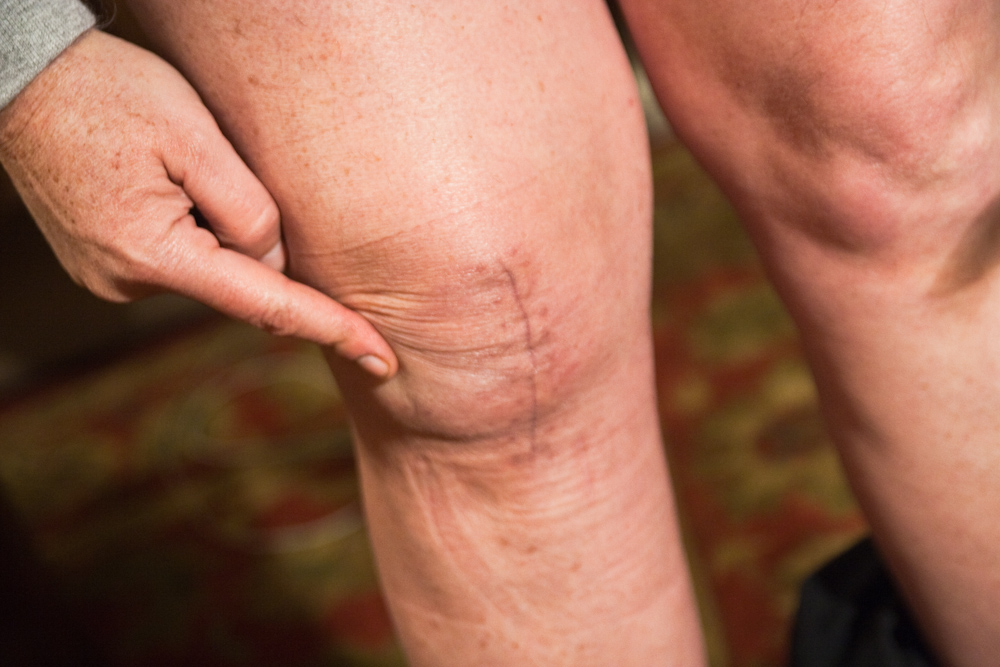Are you anticipating a total knee replacement this year? It has more than likely been a long and complicated decision-making process and you’ve been in a significant amount of pain. You might feel powerless or concerned about the surgery. The good news is that there are things you can do to influence the outcome of the procedure and give yourself every chance of getting a good result.
HOW TO PREPARE FOR YOUR SURGERY
BE ACTIVE:
It has been shown that exercise is one of the best forms of treatment for arthritis. Even if you are in a lot of pain, with the correct exercise and strengthening work you can help improve your joint function and reduce or manage your pain prior to surgery. It may be difficult to begin a program and it is important that you get some qualified advice from a physiotherapist or exercise physiologist about the right kind of exercise for you.
A course of hydrotherapy, for example, could help to get your knees moving while they are under decreased load and supported by water. Or some gentle seated exercise using resistance bands might be an appropriate starting point.
STRENGTHEN YOUR MUSCLES:
Pre-surgical exercise has been shown to increase the chance of a faster recovery following joint surgery. A program of specific and safe exercises designed by your physiotherapist or accredited exercise physiologist (AEP) can strengthen the supporting muscles around your knee joint. This will mean that the supporting structures are healthy and strong going in to the surgery.
Our AEPs recommend that you commence a specific strengthening program as soon as you know you are having surgery, especially if you aren’t already active. It can take several months to build up strength in your leg – and don’t forget, you will need to look after your good leg too! Arthritis Queensland also recommends building upper body strength as well so that you can more easily manage any mobility equipment such as walkers, or crutches. The more you can prepare, the better you will manage.
POST-SURGERY
Post-surgery, it is important to get your joint moving as quickly as possible. You will be given some exercises in hospital, and then generally sent to see your physiotherapy team.
The first few weeks will mainly be about reducing pain and controlling the swelling in the joint.
Depending on your progress we may want to see you twice a week during this first two week period so that we can monitor your joint pain, make sure you are on track with your movements and not having any excess pain or problems with your exercises.
Over the course of up to 12 weeks your physio team will work on increasing your Range of Motion (ROM), getting your knee joint to straighten out and helping you move around. You will be given an exercise protocol to follow and you should be walking regularly. If you are managing well, we should only need to see you once a week to measure your knee extension, progress your exercises, and check your walking. We will feed back any information about your progress to your surgeon.
And don’t forget the rest of your body! If you are using crutches, or limping, it can set up pain in your shoulders, hips and good leg. A remedial massage can ease the tension in these areas.
The most important thing you need to understand is that you are not a passive player in the process. It is actually your commitment and perseverance that will affect your outcome. Get some appropriate advice from a qualified health professional, follow your programs, take care of the rest of your body.
EXTRA INFORMATION:
CHOOSE PHYSIO: https://choose.physio/your-body/knee/knee-osteoarthritis-oa
ARTHRITIS QUEENSLAND: https://www.arthritis.org.au/arthritis/get-arthritis-booklets/


